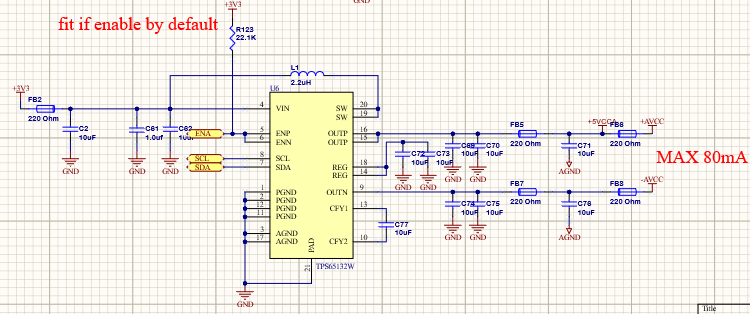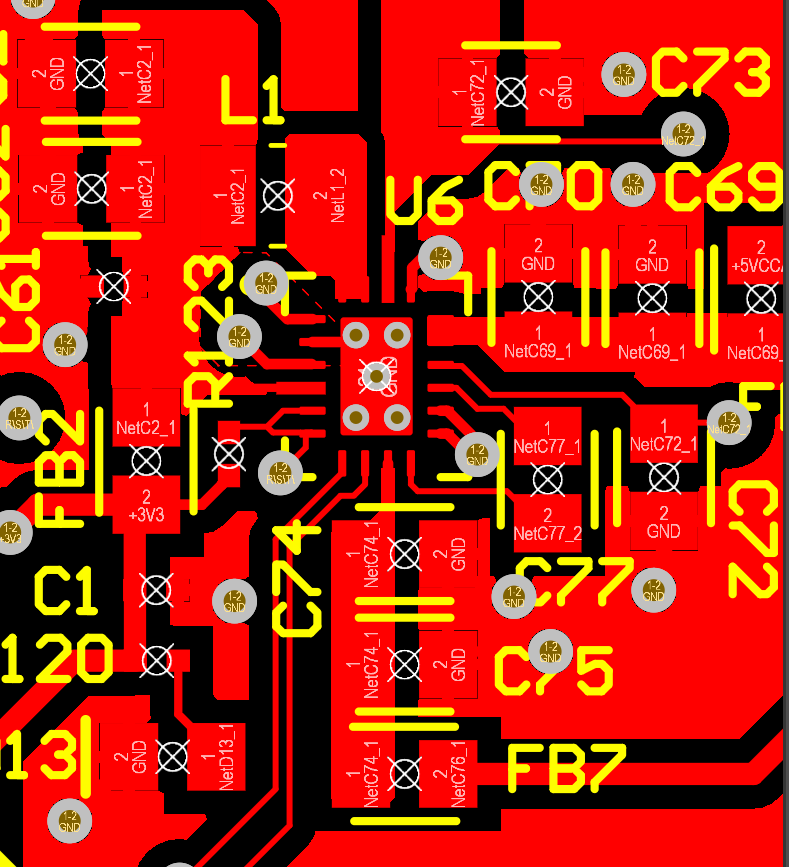Hi, hope you can urgently help... we simply cannot read data back from the TPS65132W part and suspect some errata.
Question 1: Please help why I2C read is not working? Maybe we have older silicon so any errata and chip ID's would help?
Question 2: Since I2C write does work then why can we not seem to get 80mA from VNEG rail? The VNEG rail does not come up?
Information:
I've read a few posts in this forum of others complaining about the same issue with this part.
All values read back over I2C as ZERO.
*Note values are WRITTEN - we observing the changing in rail voltage on writes to reg 0 and 1, however READ does not work.
We are following exactly as per data sheet (see wave forms attached).
>Vin is 4.5V (above UVLO). ENN and EN are tied together and driven low then high (3.3V) by HOST before I2C access attempt.
>Load on each + and - rail is ~60mA (so we are attempting to set the APPS pit to 80mA - this seems not to work).
>Tried from 50kz up to 400khz I2C rate.
>Tried read from EEPROM and internal DAC Regs but still zero.
>I2C write to reg 0 and 1 change voltage levels.
TPS_REGWRITE(TPS65132_CONTROL_REG, 1); //EEPROM READ
TPS_REGREAD(0, dta); //Read any reg 0 to 3 - Always returns ZERO
TPS_REGWRITE(TPS65132_CONTROL_REG, 0); //DAC READ
TPS_REGREAD(1, dta); //Read any reg 0 to 3 - Always returns ZERO




